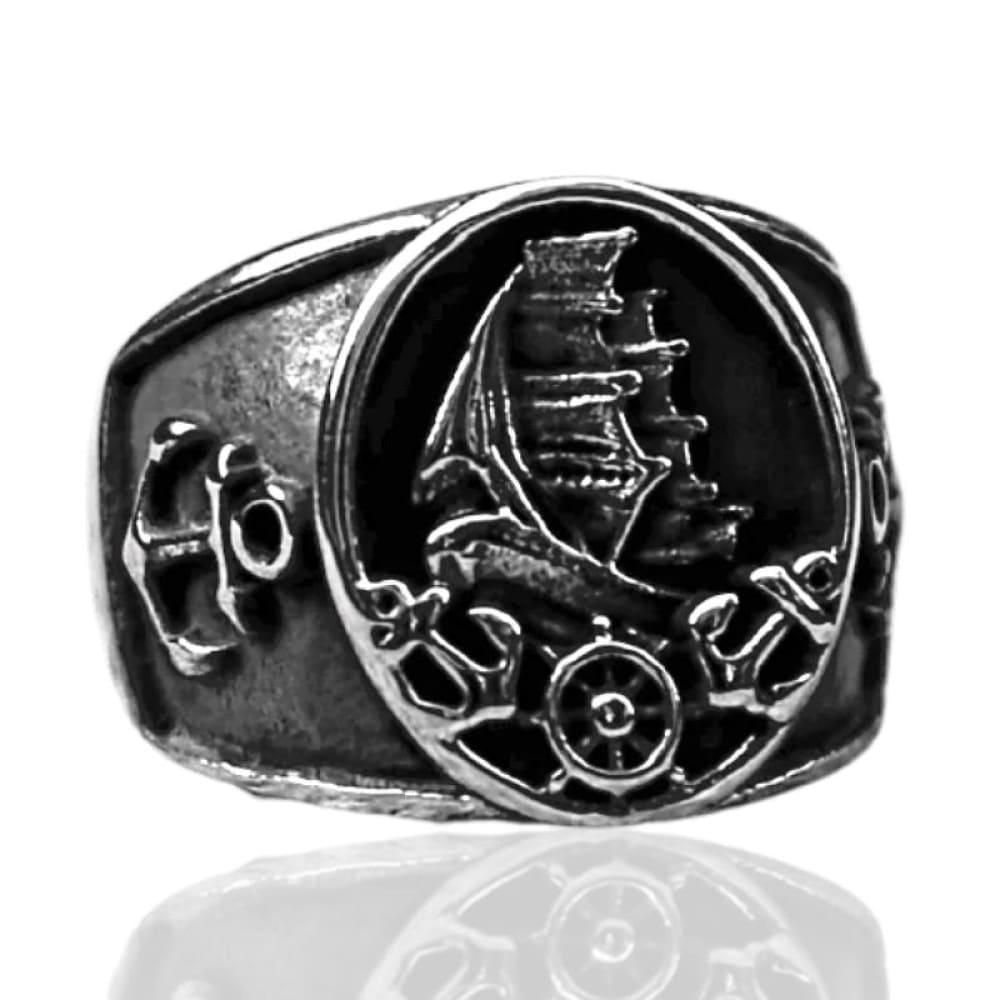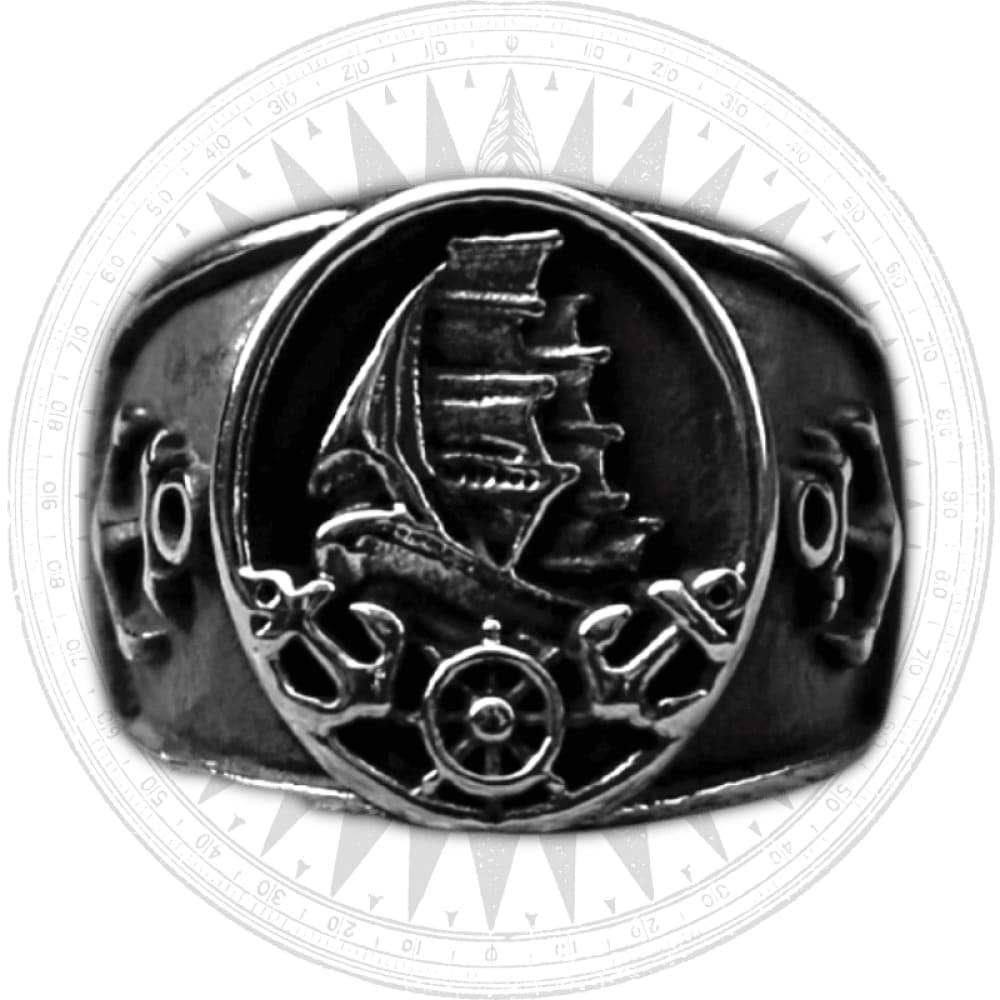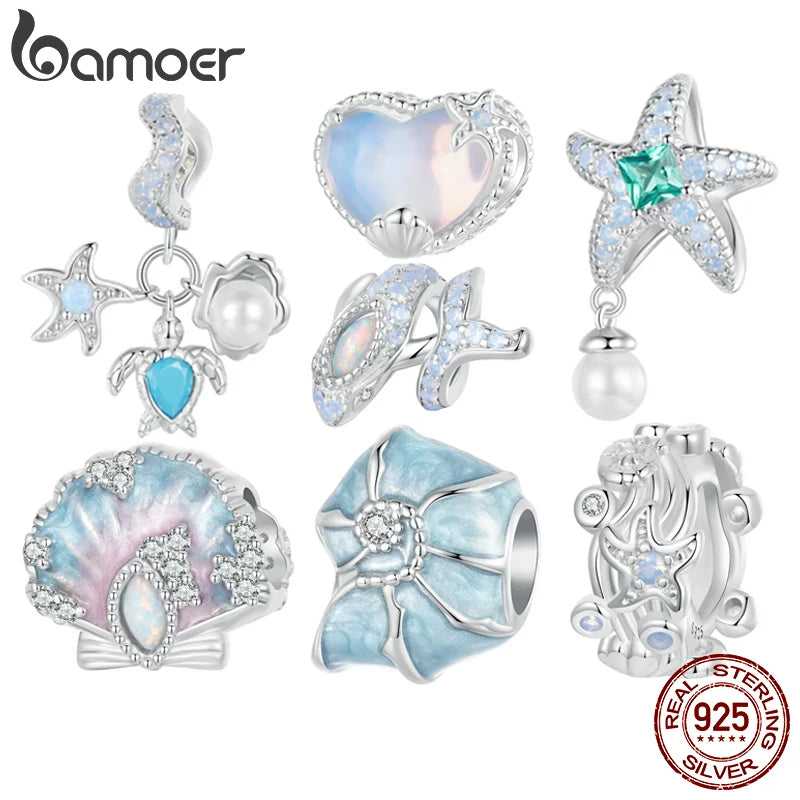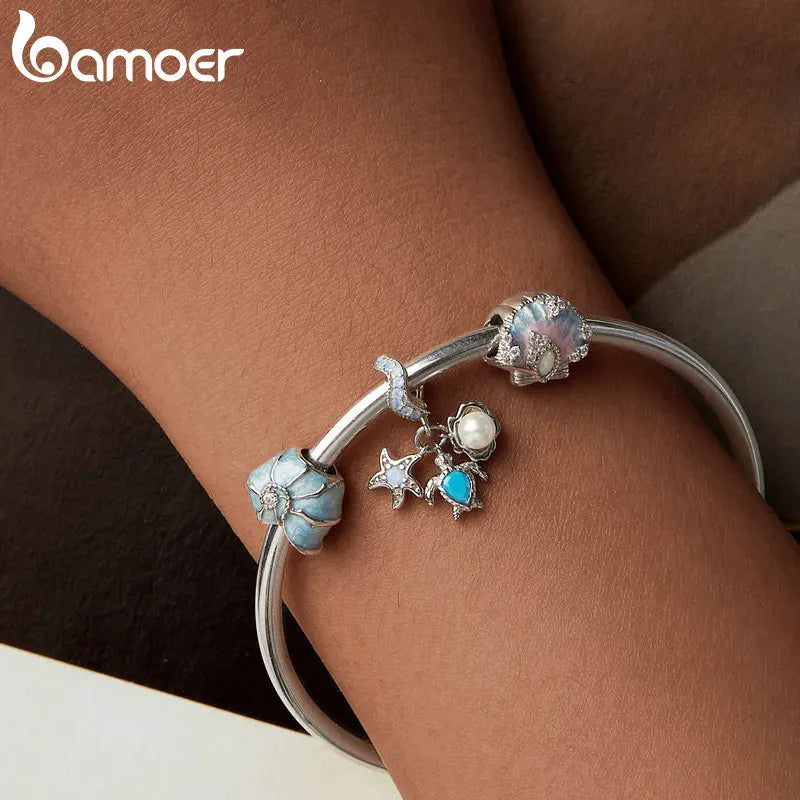How many cruise ships sink a year?
Discovering the Safest Way to Sail the Seas
Sailing the open seas has long been a dream for many passionate lovers of the sea. When it comes to cruises, safety is a top concern. While unfortunate incidents do occur, it's essential to understand the facts and put them into perspective to make informed decisions before setting sail.
The Truth about Cruise Ship Safety
Contrary to popular belief, cruise ship sinkings are extremely rare. The International Maritime Organization (IMO) reports that on average, less than 2% of all ships worldwide encounter accidents. Furthermore, modern cruise ships undergo rigorous safety inspections and have advanced technologies to ensure a safe voyage.
In terms of actual sinkings, the likelihood of a cruise ship sinking is extremely low. Such incidents are often the result of severe weather conditions, human error, or rare technical failures. Cruise ship companies prioritize passenger safety and have sophisticated emergency response protocols in place.
While any loss of life is tragic, cruise ship accidents resulting in casualties are exceptionally rare. These incidents, though highly publicized, are isolated incidents and do not represent the overall safety record of the cruise industry.
Cruise Ship Safety Measures and Regulations
Cruise ships are subject to strict international safety regulations enforced by the IMO. These regulations cover various aspects, including ship design and construction, operational procedures, fire protection, navigation, and emergency response. Cruise lines also employ highly trained crew members who undergo regular safety drills and training sessions.
Passenger safety is of paramount importance on cruise ships. They are equipped with advanced safety systems, lifeboats, and life jackets sufficient for everyone on board. Additionally, modern cruise ships have state-of-the-art navigation and communication systems to enhance safety and facilitate immediate response in case of emergencies.
Cruise ship companies invest heavily in ensuring the safety and well-being of their passengers. They continuously improve their safety protocols and learn from past incidents to implement necessary changes and upgrades.
Understanding the Factors that Influence Cruise Ship Safety
Various factors contribute to the overall safety of cruise ships. It's essential to be aware of these factors to make informed decisions before embarking on a cruise adventure.
Weather Conditions and Routing
Weather conditions play a significant role in cruise ship safety. Cruise lines carefully monitor weather patterns and, if necessary, alter their routes to avoid potential storms or dangerous conditions. The expertise of the ship's captain, combined with advanced weather tracking systems, ensures maximum safety for passengers and crew.
It's important to remember that weather-related incidents, such as rough seas or unexpected storms, are rare. However, the cruise industry takes these situations seriously and prioritizes passenger safety by making appropriate navigational adjustments.
By keeping an eye on weather conditions and understanding how they can impact cruise ship safety, passionate sea lovers can make educated decisions about their travel plans.
Human Error and Training
Human error is another factor that can influence cruise ship safety. However, cruise lines have strict protocols in place to minimize the risk of accidents caused by human error. Crew members undergo extensive training programs to ensure they are well-prepared to handle any situation that may arise on board.
From navigation to emergency response, crew members go through rigorous training to mitigate the potential for errors. Additionally, cruise lines have safety officers responsible for monitoring and enforcing safety procedures, further reducing the likelihood of accidents due to human error.
Passionate sea lovers can take comfort in knowing that cruise ship crews are dedicated professionals committed to safeguarding the well-being of passengers.
To Cruise or Not to Cruise: Assessing the Risks
Ultimately, the decision to embark on a cruise is a personal one that requires assessing the associated risks. While cruise ship accidents are rare, it's important to consider personal comfort levels and individual perceptions of safety.
Considering the Cruise Line's Reputation
When choosing a cruise line, it's crucial to research the company's safety record and reputation. Look for established cruise lines with a strong track record of safety. Reading reviews and feedback from previous passengers can provide valuable insights into the company's commitment to safety.
Reputable cruise lines prioritize safety as a core value and continually invest in enhancing their safety measures and protocols. Passionate sea lovers should feel confident sailing with a cruise line that has an exemplary safety record.
Furthermore, selecting an itinerary and ship size that aligns with personal preferences and comfort levels can contribute to a more enjoyable and stress-free cruise experience.
Personal Safety Precautions
While cruise ship companies work diligently to ensure passenger safety, individuals can take additional precautions to enhance their own safety during the voyage. These precautions include familiarizing oneself with the ship's emergency procedures, attending safety drills, and being aware of the location of life jackets and emergency exits.
Passionate sea lovers should also maintain situational awareness while on board and follow any safety instructions provided by the crew. By being proactive and responsible, individuals can actively contribute to their own safety and the safety of those around them.
The experience of cruising the open seas can be an incredible adventure for passionate lovers of the sea. By understanding the realities of cruise ship safety, considering the influencing factors, and making informed decisions, individuals can embark on a memorable journey with peace of mind and enjoy all that the sea has to offer.



















